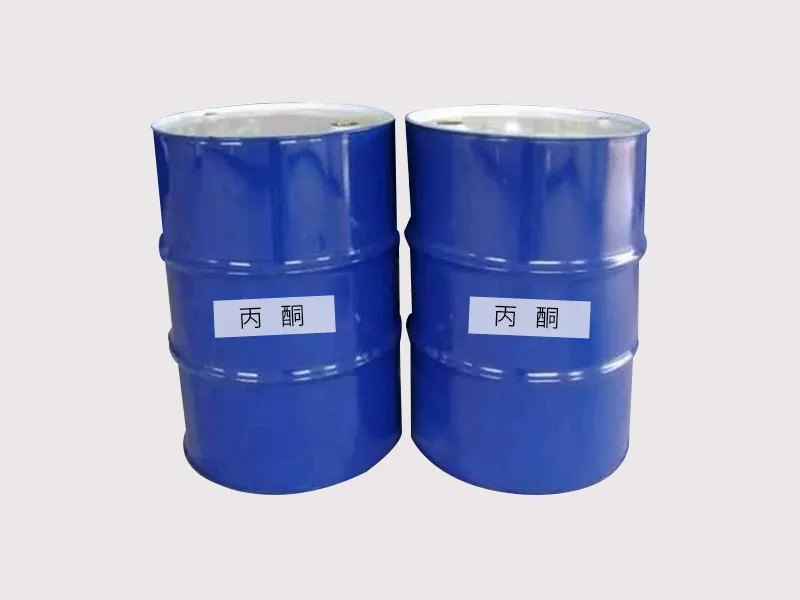Acetone is a widely used chemical compound with a variety of industrial and household applications. Its ability to dissolve many substances and its compatibility with various materials make it a go-to solution for a range of tasks, from removing指甲 oil to cleaning glassware. However, its flammability profile has often left users and safety professionals alike with burning questions. Is 100% acetone flammable? This article delves into the science behind this question and explores the risks and realities associated with the use of pure acetone.
To understand the flammability of acetone, we must first examine its chemical structure. Acetone is a three-carbon ketone that contains both oxygen and carbon, two of the three elements necessary for flammability (the third being hydrogen). In fact, acetone’s chemical formula, CH3COCH3, contains both single and double bonds between carbon atoms, providing an opportunity for free-radical reactions that can lead to combustion.
However, just because a substance contains flammable components does not necessarily mean it will burn. The conditions for flammability also include a concentration threshold and the presence of an ignition source. In the case of acetone, this threshold is believed to be between 2.2% and 10% by volume in air. Below this concentration, the acetone will not ignite.
This brings us to the second part of the question: the conditions under which acetone burns. Pure acetone, when exposed to an ignition source such as a spark or a flame, will burn if its concentration is within the flammability range. However, the burning temperature of acetone is relatively low compared to many other fuels, making it less likely to ignite in high-temperature environments.
Now let’s consider the real-world implications of this knowledge. In most household and industrial settings, pure acetone is rarely encountered in concentrations high enough to be flammable. However, in certain industrial processes or solvent applications where high concentrations of acetone are used, extra precautions should be taken to ensure safety. Workers handling these chemicals should be well-trained in safe handling practices, including the use of flame-resistant equipment and strict avoidance of ignition sources.
In conclusion, 100% acetone is flammable under certain conditions but only when its concentration is within a specific range and in the presence of an ignition source. Understanding these conditions and implementing proper safety measures can help prevent any potential fires or explosions resulting from the use of this popular chemical compound.
Post time: Dec-14-2023





